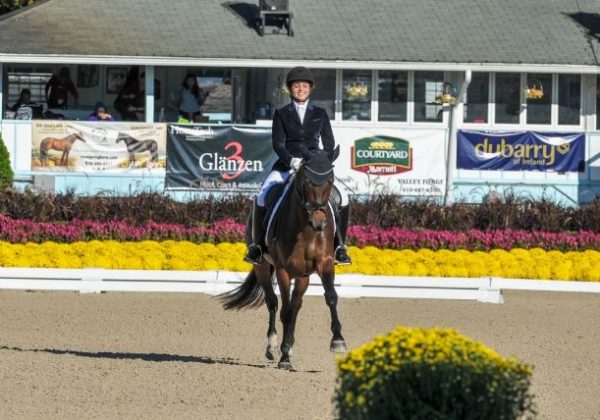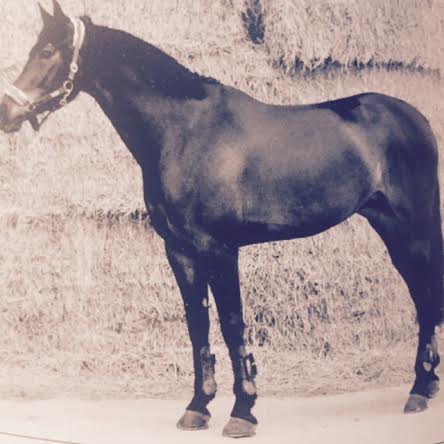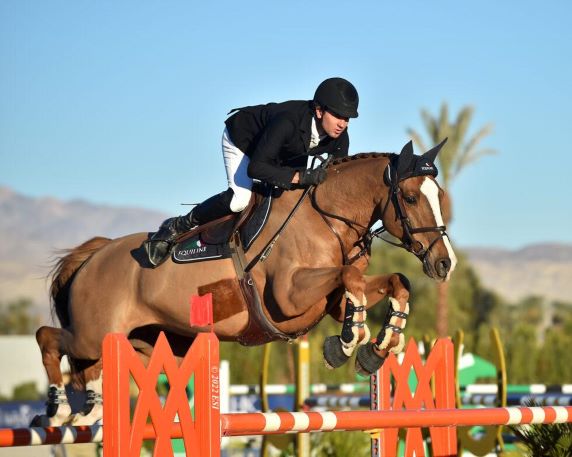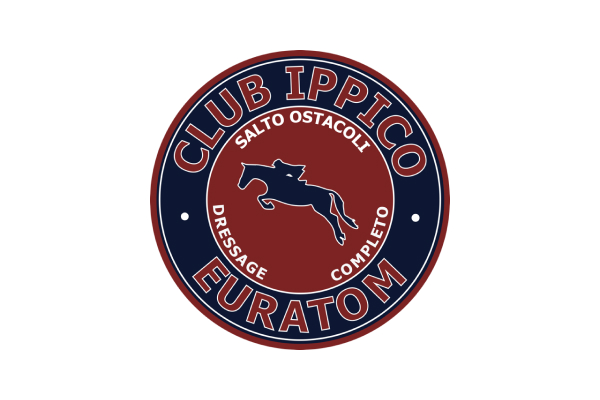
From the works of Dr. Vittorio Meschia the lameness of the horse

Each body in a static position, to maintain its stability and balance, has to distribute its mass according to its geometric center, known better as its centre of gravity.
The horse distributes the weight of its body mass towards the ground through the various segments of the skeleton. The arrangement of the bone segments must follow straight lines, sagittal for the spinal column and vertical for the limbs.
If the horse stays within these lines, there is a proper and balanced weight distribution. If it goes beyond these lines, this will result in a greater load on the segments that go beyond the limits.
Positioning the horse to the side, front, behind (lateral view, frontal, caudal) to a horse that is stationary, we can observe its perpendicularity and the power load has two coefficients:
1) the body mass; if we take two stationary horses of different weights on the same ground, we will see that the footprint of the heaviest horse will be deeper.
2) the height from which the weight load begins its descent: a horse on firm ground, reduces the extent of the limb length and decreases power, and so we will have a less-deep footprint; oppositely on soft ground, for greater limb extension, we will have a deeper footprint.
Horse srl publisher.
Rights reserved ©















